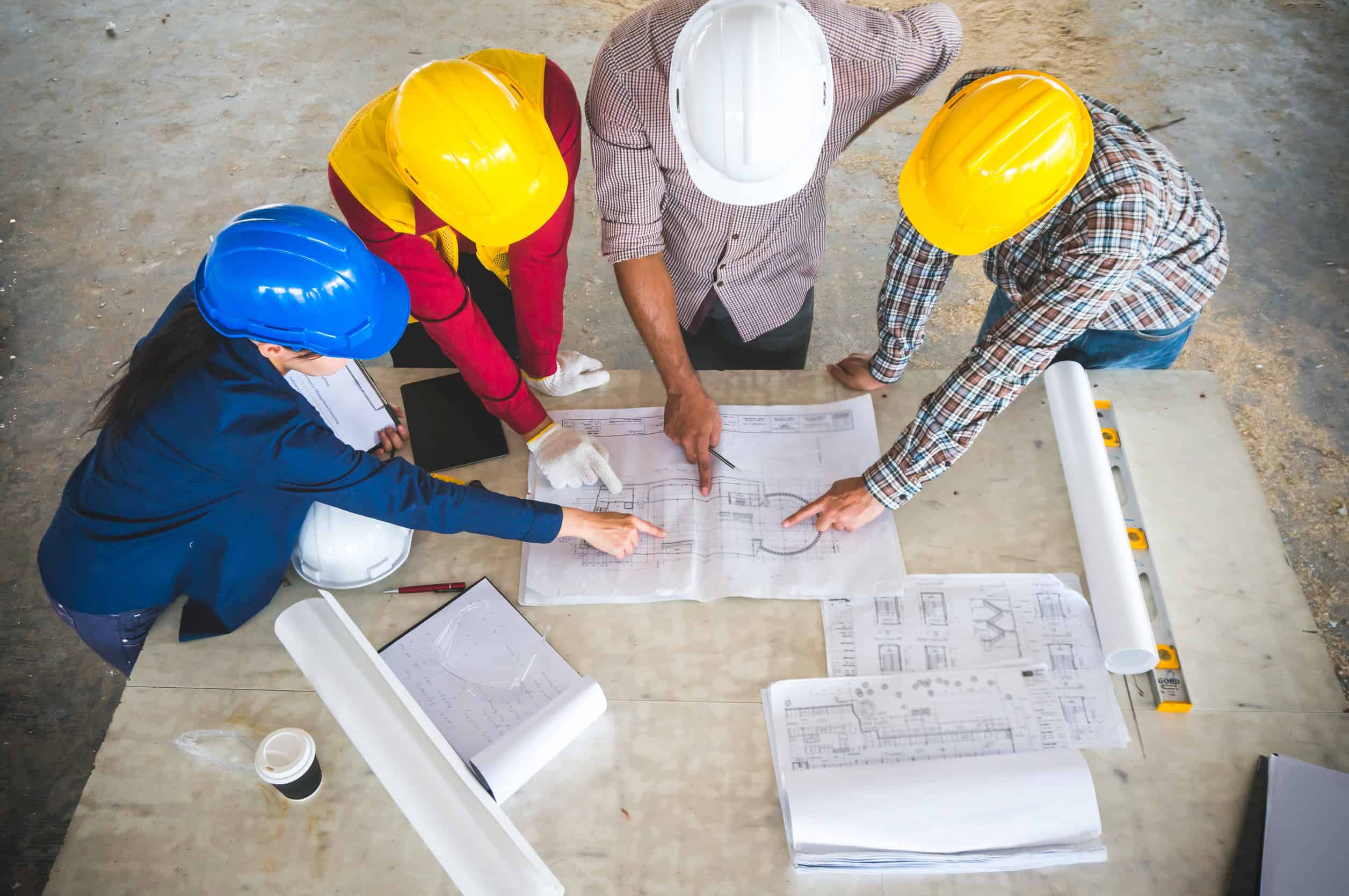
According to data from the Institute for Supply Management’s monthly Manufacturing ISM® Report on Business®, the rising prices of raw materials are putting construction professionals in a bind. In August 2021, prices of raw materials backed off of all-time highs; however, the cost of steel, lumber, aluminum, cement and other essential building materials still remain astronomical.
Faced with rising demand and a lack of supply, construction companies find themselves in the middle of a tug-o-war. Getting materials is a difficult endeavor; getting them affordably is becoming increasingly impossible. As a result, construction companies are forced to either eat the margin or pass on the cost at the risk of cancelled building contracts. It’s a prospect that has construction leaders perplexed on how to move forward.
The reasons behind skyrocketing prices
As is the case for most disruptions in the current climate, the spike in building materials is directly attributable to COVID-19. According to the ISM report, prices have been on the uptrend for 15 consecutive months—dating roughly back to the economic shutdown of March-April 2020. But while the economy ground to a standstill in terms of deliveries, construction companies continued to collect contracts.
Incoming contracts resulted in similar demand for materials—specifically lumber products. Unfortunately, with supplier operations also stalled by the pandemic, suppliers faced their own squeeze. Now, 15 months later, as builders clamor for materials, they’re paying top dollar to get their hands on fewer available resources before the competition.
According to a construction executive surveyed in the ISM report, “material and labor shortages continue to hinder productivity. Price increases are ever-present and repetitive. Large, multinational manufacturers have had multiple price increases in the last three months.”
Construction executives need to preserve margins
While industry professionals fear an inflationary period ahead, construction leaders face a more specific pricing threat right now: dissolving margins. Higher prices for essential raw materials invariably affect quotes and contracts. Passing on these costs could see customers cancelling their contracts to wait out the price increase. In other situations, higher project bids are simply losing out to firms willing to eat the cost in the near-term.
All told, some 65% of construction firms surveyed by the Minneapolis Fed cited high input costs as affecting demand for service, and 70% said profits were negatively affected. Construction executives are scrambling to find ways to pivot, to both preserve margins and retain contracts. The prevailing solution? Reducing bottom-line costs.
Construction companies able to shore up the bottom line can effectively combat rising COGS. Savvy leaders are doing this in a variety of ways, including:
- Development of efficient site planning and preparation strategies. From site prep to staking and grading, construction firms are reducing time-to-build, shaving man-hours and extraneous expenses from bids in an effort to combat rising materials costs.
- High-tech construction investments are on the rise. In 2021 construction tech startups are set to receive $11.8B in funding as they roll out technologies designed to improve construction efficiency. These innovations expedite build times and reduce costs.
- Many construction professionals have targeted a retained skilled labor pool, as opposed to subcontracting. Lack of available talent and workforce is a close second to rising prices in terms of disruption to the industry. Bringing workers in-house mitigates risk.
- Forging new partnerships with simplified supply chains may not serve to alleviate cost constraints in the near-term, but it’s a forward-looking endeavor that will protect construction companies against future volatility.
These efforts and other strategic initiatives lay the foundation for combatting ongoing price inflation. Builders that can expedite build times, reduce supply chain expenditures, retain qualified labor and preempt costly problems will find themselves in a position to retain slippery margins created by uncontrollable factors.
Will prices continue to rise?
COVID-19 was nothing short of a Black Swan event. Nevertheless, it happened and the rippling effects following it are real. For construction executives, the problem of rising prices is very much a concern and demands agile, lasting solutions. There is no one-size-fits-all solution, which means management needs to think dynamically and with mind for the uncertain future of the construction industry.
For construction companies without a well-tenured leader, now’s the time to find one. Stable and decisive leadership is imperative in an era where price appreciation has significant sway over the operational success of a firm. Having someone with poise, experience and logistical foresight at the helm is the only way to navigate the turbulence of impending inflation, to come out the other side with a healthy balance sheet and the margins to prove it.
Looking for versatile construction professionals to lead your firm? Contact M&A Executive Search today to speak with building materials and construction recruiters and expert consultants who understand this industry and the future challenges it faces.

